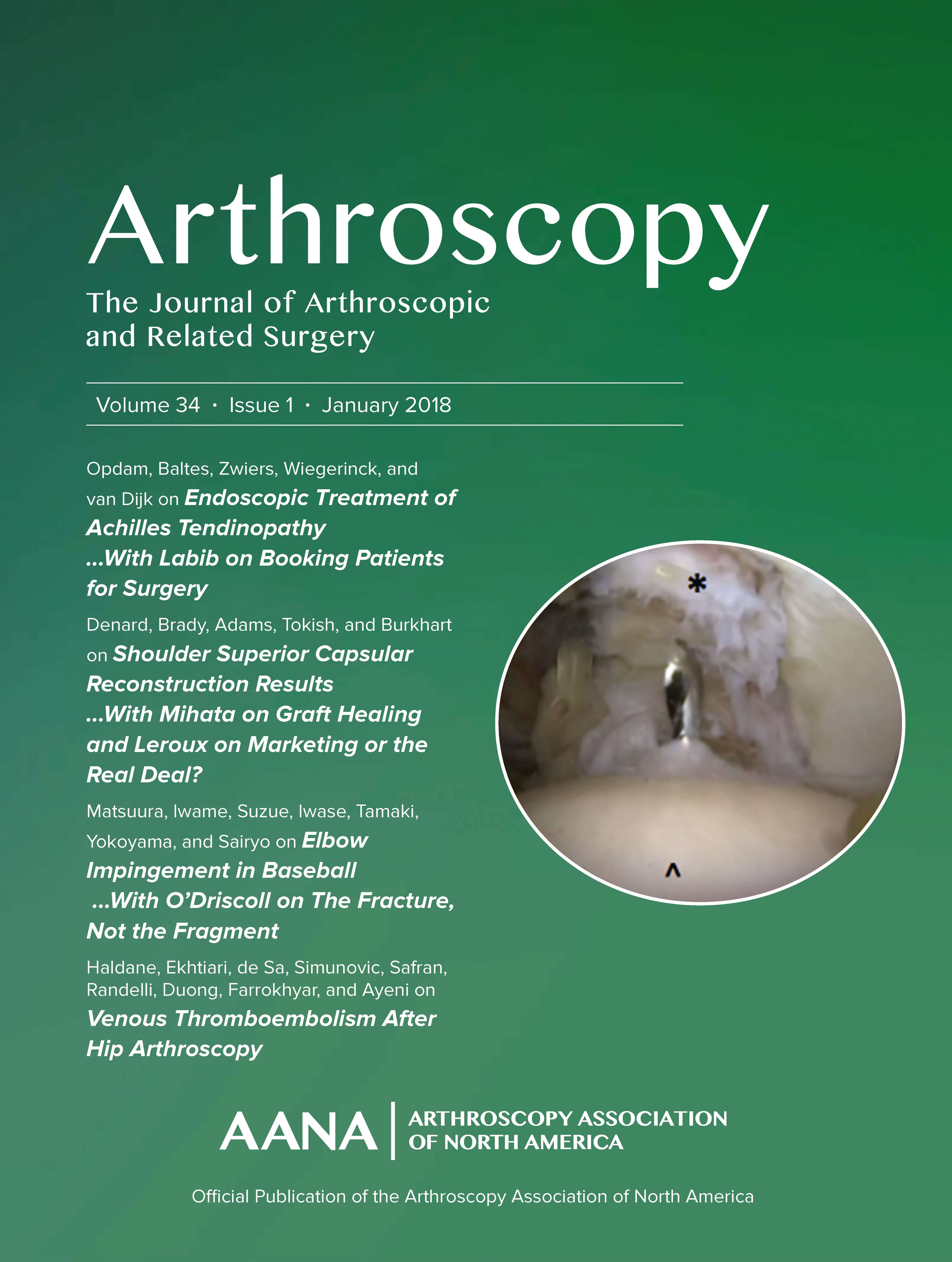
Early passive motion improves shoulder flexion following arthroscopic rotator cuff repair

Early passive motion improves shoulder flexion following arthroscopic rotator cuff repair
Early Passive Motion Versus Immobilization After Arthroscopic Rotator Cuff Repair
Arthroscopy. 2014 Aug;30(8):997-1005Did you know you're eligible to earn 0.5 CME credits for reading this report? Click Here
Synopsis
This meta-analysis included 5 level II randomized control trials that compared early passive motion to sling immobilization following arthroscopic rotator cuff repair. The aim of this study was to analyze retear rates and range of motion between groups. Results from this analysis indicated that early passive motion significantly improves shoulder flexion at 3, 6, and 12 months postoperatively, whi...
To view the full content, login to your account,
or start your 30-day FREE Trial today.
FREE TRIAL
LOGIN
Forgot Password?
Explore some of our unlocked ACE Reports below!

Learn about our AI Driven
High Impact Search Feature
Our AI driven High Impact metric calculates the impact an article will have by considering both the publishing journal and the content of the article itself. Built using the latest advances in natural language processing, OE High Impact predicts an article’s future number of citations better than impact factor alone.
Continue



 LOGIN
LOGIN

Join the Conversation
Please Login or Join to leave comments.